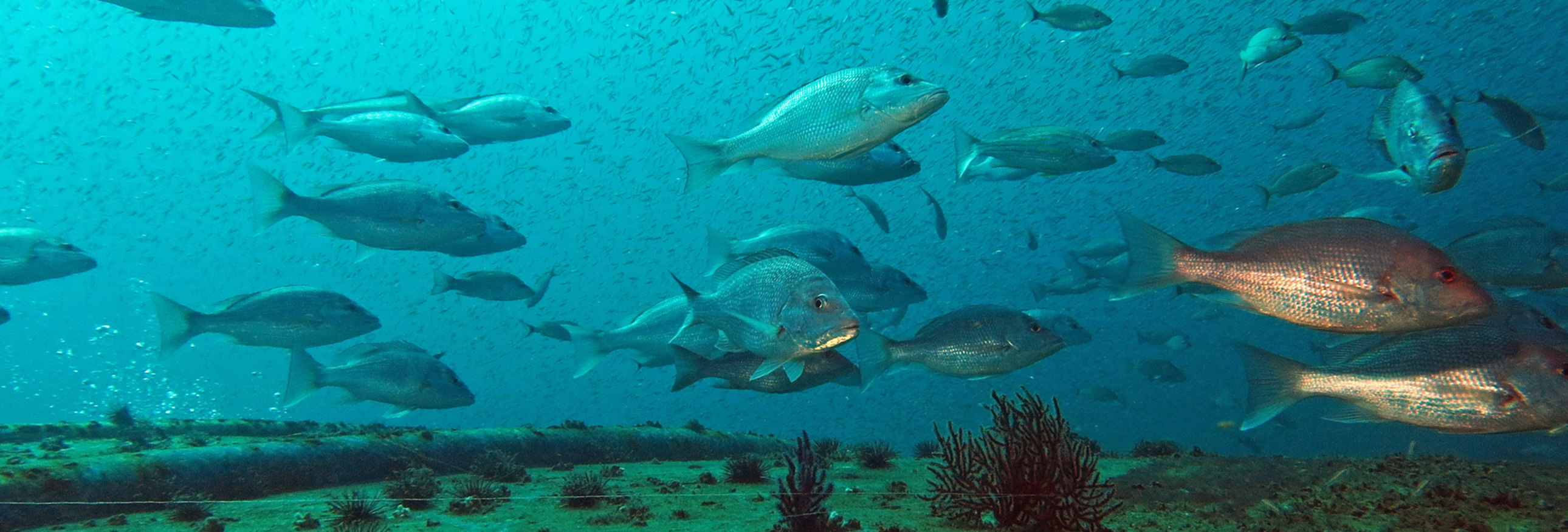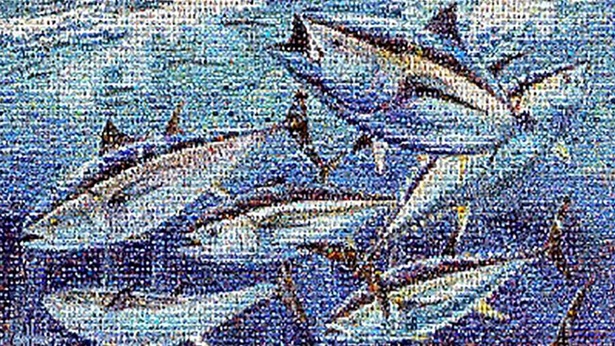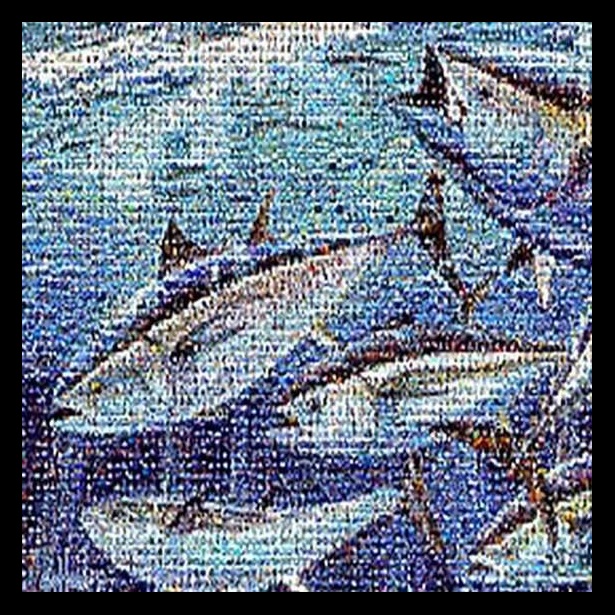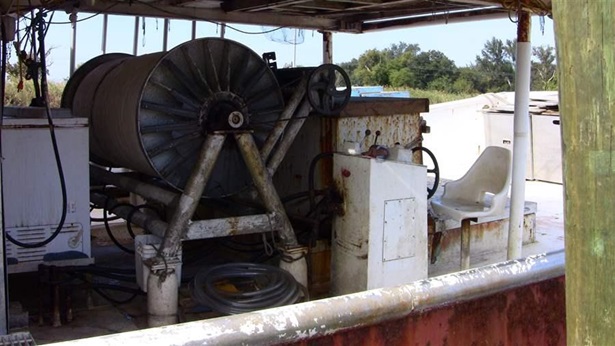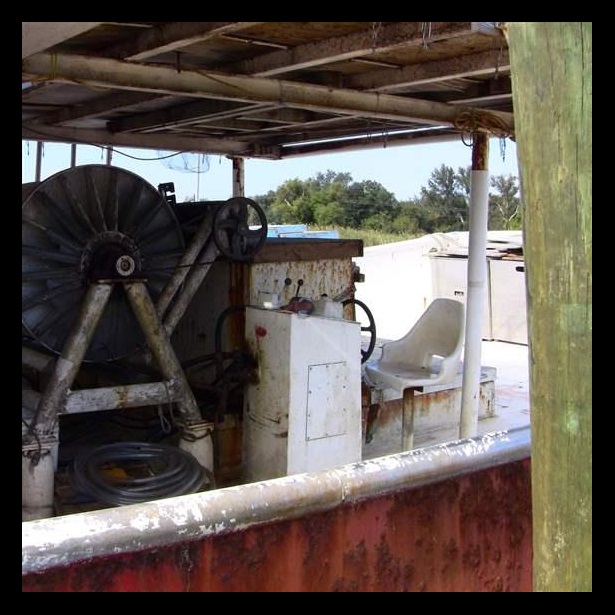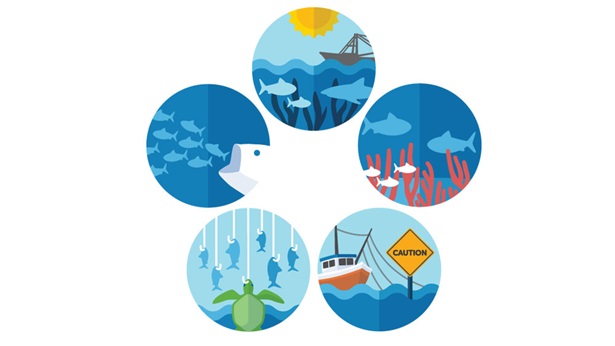Surface Longline Fishing
The Gulf of Mexico provides important habitat for rare and beautiful marine species including bluefin tuna, blue marlin, sailfish and leatherback sea turtles. The dependence of these species on the Gulf of Mexico forces them to face a common threat—surface longline fishing.
A decades-old problem
Surface longlines have been used commercially in the Gulf of Mexico and Atlantic Ocean since the 1960s. This gear consists of hundreds of baited hooks suspended from lines that stretch up to 40 miles. Fishermen use this method to catch swordfish, yellowfin tuna, and other tunas, but this indiscriminate equipment also catches and kills more than 80 species of nontarget marine animals. These include endangered sea turtles, hard-fighting game fish such as white marlin, and depleted western Atlantic bluefin tuna.
This unintended catch of bluefin in the Gulf of Mexico is particularly concerning because the Gulf is the only known spawning ground for the western population. Although regulations have provided partial relief for some ocean wildlife through such changes as gear modifications, surface longlines continue to accidentally catch and kill significant numbers of undersized, nontarget, and protected species. Bluefin face an additional challenge because the U.S. surface longline fleet in the western Atlantic and Gulf of Mexico continues to exceed its annual bluefin quota due in large part due to surface longline bycatch.
An additional threat
In 2010, the worst offshore oil spill in U.S. history exacerbated the negative environmental impacts of surface longlines. The spill eventually covered approximately 20 percent of bluefin tuna spawning habitat in the Gulf and continued through the peak of the tuna’s spawning season. It also coincided with the spawning seasons for blue and white marlin and sailfish and degraded the habitat for several shark species including the scalloped hammerhead. A recent study conducted by the National Oceanic and Atmospheric Administration and Stanford University found that the BP Deepwater Horizon spill oil causes heart damage that can kill tuna. Scientists will continue to study the impacts of this environmental disaster for years to come, but it’s clear that minimizing controllable threats to these marine animals, like the damage caused by longlining, will strengthen their chances for survival.
A solution
Simply modifying surface longlines, as some have proposed, won’t fix this long-standing problem. But real solutions are close at hand for Atlantic bluefin tuna. The National Oceanic and Atmospheric Administration can:
- Close the Gulf of Mexico to surface longlining to protect spawning bluefin tuna.
- Support the transition by fishermen from surface longlines to more selective fishing gear.
- Reduce bluefin mortality in the western Atlantic by enforcing a firm annual limit on the incidental catch of bluefin for the entire surface longline fleet.
- Improve monitoring of the surface longline fleet.

Waste Not, Want Not
Minimizing bycatch helps fish populations and fisherman
